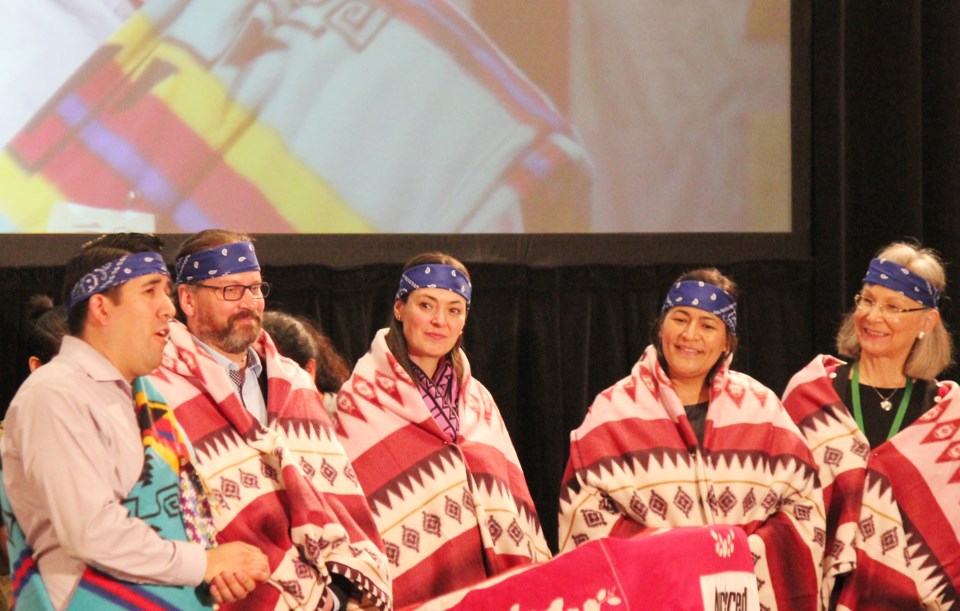It’s no secret that I love being Canadian. I appreciate the beauty of our country and the freedoms I enjoy. For the most part, I’m incredibly proud of where I’m from.
For the most part.
The truth is, my country – our country – also has a dark history and a dark present. We’ve built our home on lands that do not belong to us. We’ve built our strong economy at the expense of others.
Last week, I attended the hearings for the National Inquiry into Missing and Murdered Indigenous Women and Girls here in Richmond. There’s been so much coverage and it’s been such a major national undertaking that I was curious to see the process first-hand.
It was hard.
First of all, it was hard as a reporter. Around 100 witnesses spoke over those five days, and it was a challenge to pull common threads that I could tie together neatly into a news story.
But even more so, it was hard as an otherwise proud Canadian. Yes, I know about our nation’s history and I’ve made a point of learning about the treatment of Indigenous people. But reading textbooks and attending seminars doesn’t compare to hearing story after story of how that history impacts Indigenous people in our communities today.
On Friday, I listened to a youth panel where three young women under the age of 25 – not much younger than myself – shared their experiences aging out of foster care as Indigenous people. One youth said she felt like she was seen as “just garbage” when she aged out of care at 19. What do we do with stories like that?
So many times I’ve heard the argument from my peers “I wasn’t the one who put Indigenous people in residential schools,” or, “those were my ancestors, not me.”
But the question is, what are we doing now?
Right now, according to the federal government, there are 78 long-term drinking water advisories active on reserves across Canada.
Right now, suicide rates are five to seven times higher for Indigenous youth than for non-Indigenous youth.
Right now, Aboriginal females account for nearly a quarter of female homicide victims in the country.
These are the realities that we live with in our country today and this generation of Indigenous youth is still being affected.
While I certainly don’t have solutions, I do know that listening to stories of these Indigenous survivors and hearing their solutions is the only way we’ll see change. The MMIWG hearings may have had flaws, but I hope they at least ignited a dialogue.
In that youth panel, those young women shared ideas and hopes for how the foster care system can change in Canada. In other words, there are ideas out there, it’s just time that we actually stop and listen to them.
It may not seem like much, but it would be a start.



